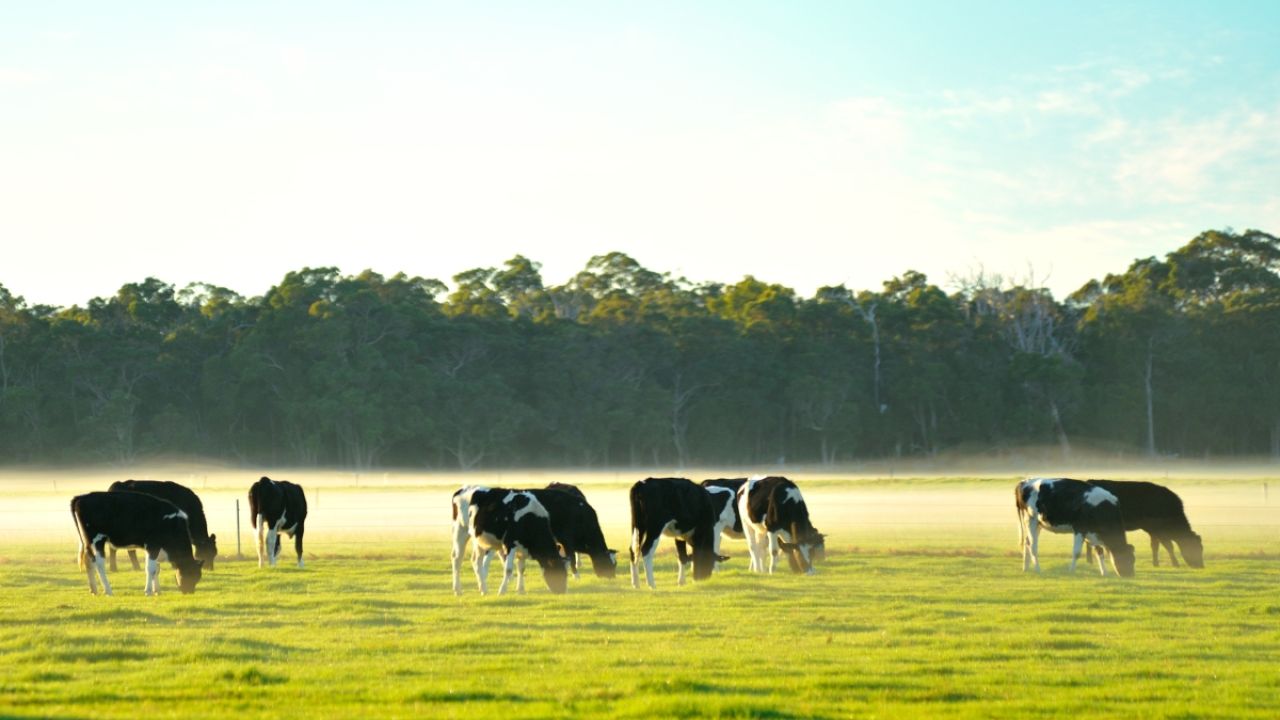
Agriculture could produce more than a third of U.S. greenhouse gas emissions by 2050.
Here’s why: Every other sector of the economy, especially transportation and energy, is expected to reduce emissions dramatically. But emissions from agriculture will likely hold steady.
Agriculture’s contribution to the climate crisis
Agriculture currently contributes at least 11 percent of U.S. greenhouse gas emissions. When combined with emissions from fertilizer production, its share is even higher.
If emissions from agriculture remain steady – and emissions from other sectors fall as much as expected – agriculture’s share of U.S. emissions could top 30 percent, according to climate models.
But if farmers adopt well-known practices that reduce greenhouse gas emissions, it could significantly reduce emissions from agriculture, according to a new report by the Boston Consulting Group commissioned by the Walton Family Foundation.
Figure 1: Animation of current and expected U.S. emissions by economic sector (duration 12 seconds)
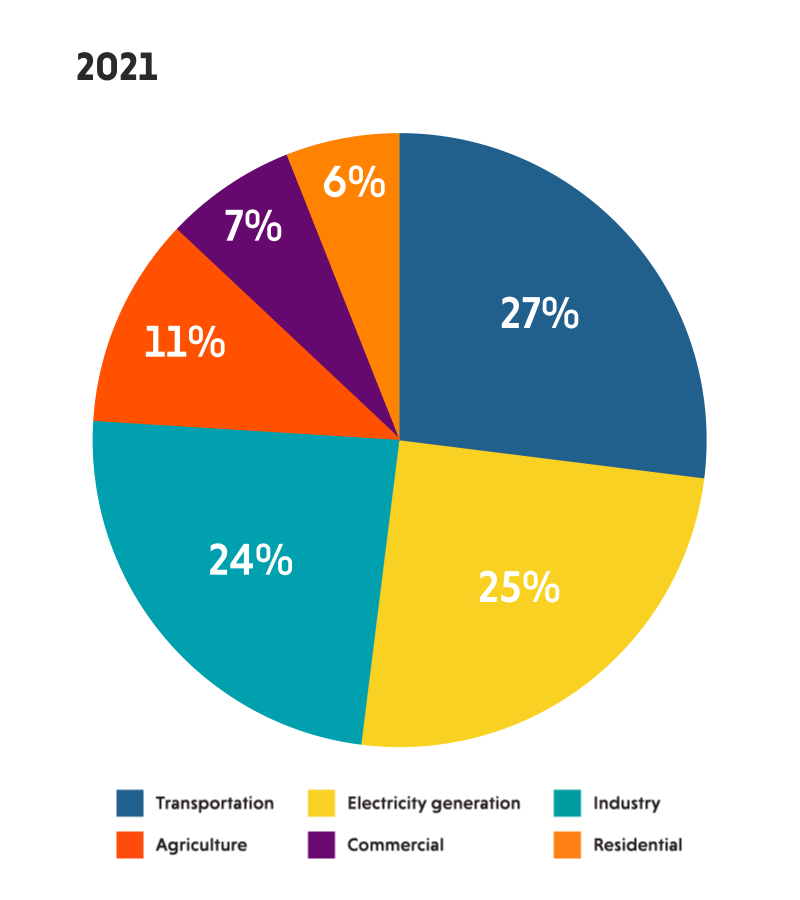
Source: Environmental Protection Agency and Boston Consulting Group
The Boston Consulting Group report predicts emissions from agriculture could fall by 2050 – but only if farmers adopt practices that reduce nitrous oxide emissions caused by fertilizer use, reduce methane emissions caused by farm animals and their waste, and increase carbon storage in plants and soil. These practices include changes to optimize the amount and timing of chemical fertilizer use, reduce tillage, and integrate cover crops and trees.
Agriculture reductions key to addressing climate crisis
Scientists recently warned if we don’t reduce emissions from agriculture, we will fail to avoid the worst impacts of the climate crisis.
Changing practices used to produce crops like corn could reduce greenhouse gas emissions from farming by almost 22 percent, according to the report.
In addition to changing how fertilizer is used, the report also considered practices like changes in tillage practices and grazing management; the use of cover crops, feed additives and soil amendments; and the targeted use of trees.
The report says that when combined with dietary changes that lower meat consumption and food waste, emissions from food could fall by 57 percent. That’s about 368 million metric tons of carbon dioxide, or more than the total annual emissions from the U.K.
Figure 2: Scenarios for reducing emissions by 2050
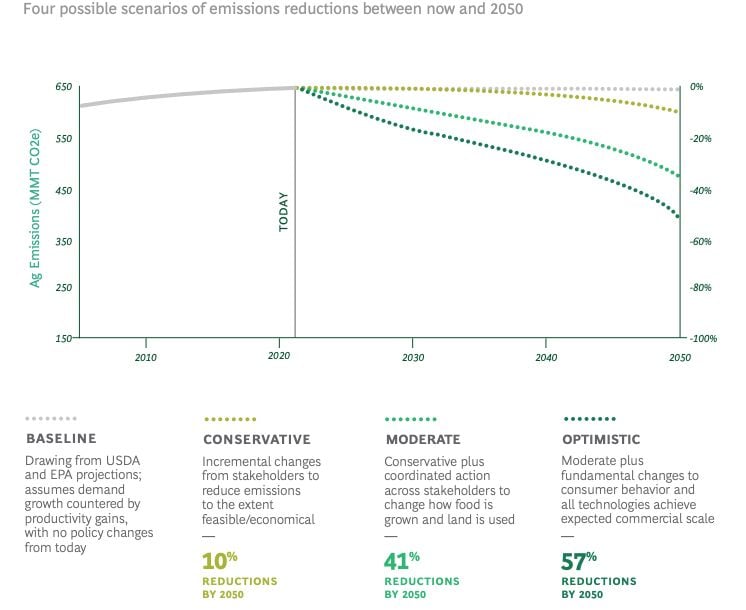
The BCG report concludes that incremental changes to how we farm might at most reduce food system greenhouse gas emissions by 10 percent by 2050. Bigger changes in how we farm, along with modest shifts in how we eat, could lower emissions much more. And breakthroughs in farming practices and significant reductions in food waste could benefit the climate further.
Farm policy reforms needed to make climate crisis a priority
Congress recently provided $20 billion in the Inflation Reduction Act to support farmers who adopt “climate-smart” practices, including changes in fertilizer and manure management. Some members of Congress are seeking to divert this funding. Recent Department of Agriculture spending on voluntary conservation programs also suggests that much of this funding could be squandered on practices that do not reduce emissions or may even increase emissions, as EWG recently found.
Only 23 percent of funding provided through the USDA’s Environmental Quality Incentives Program and only 5 percent of funding provided by its Conservation Stewardship Program financed farmer practices that reduce greenhouse gas emissions, according to our analysis.
Figure 3: Total Environmental Quality Incentives Program funding, 2017-2020
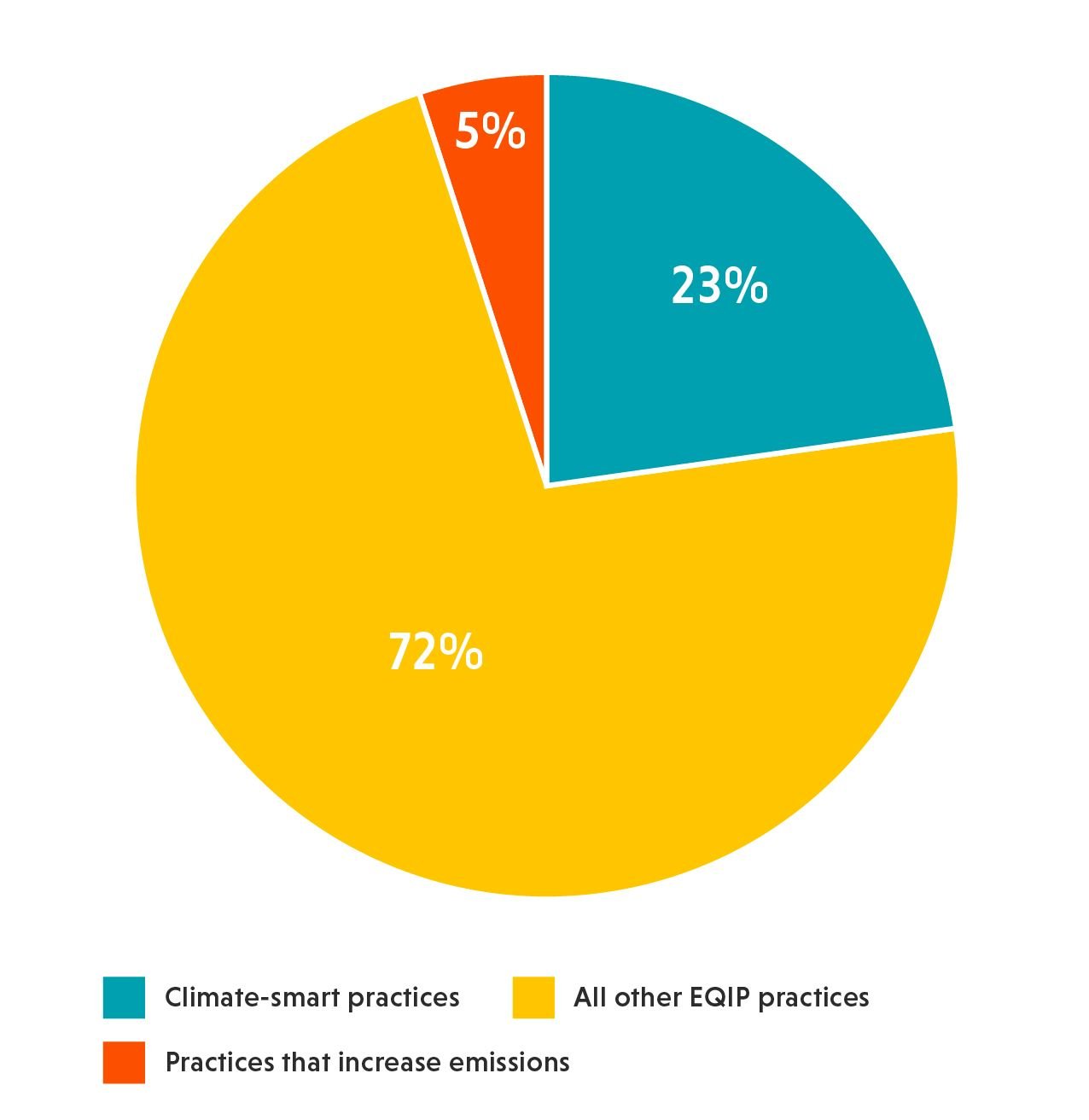
Figure 4: Total Conservation Stewardship Program funding, 2017-2020
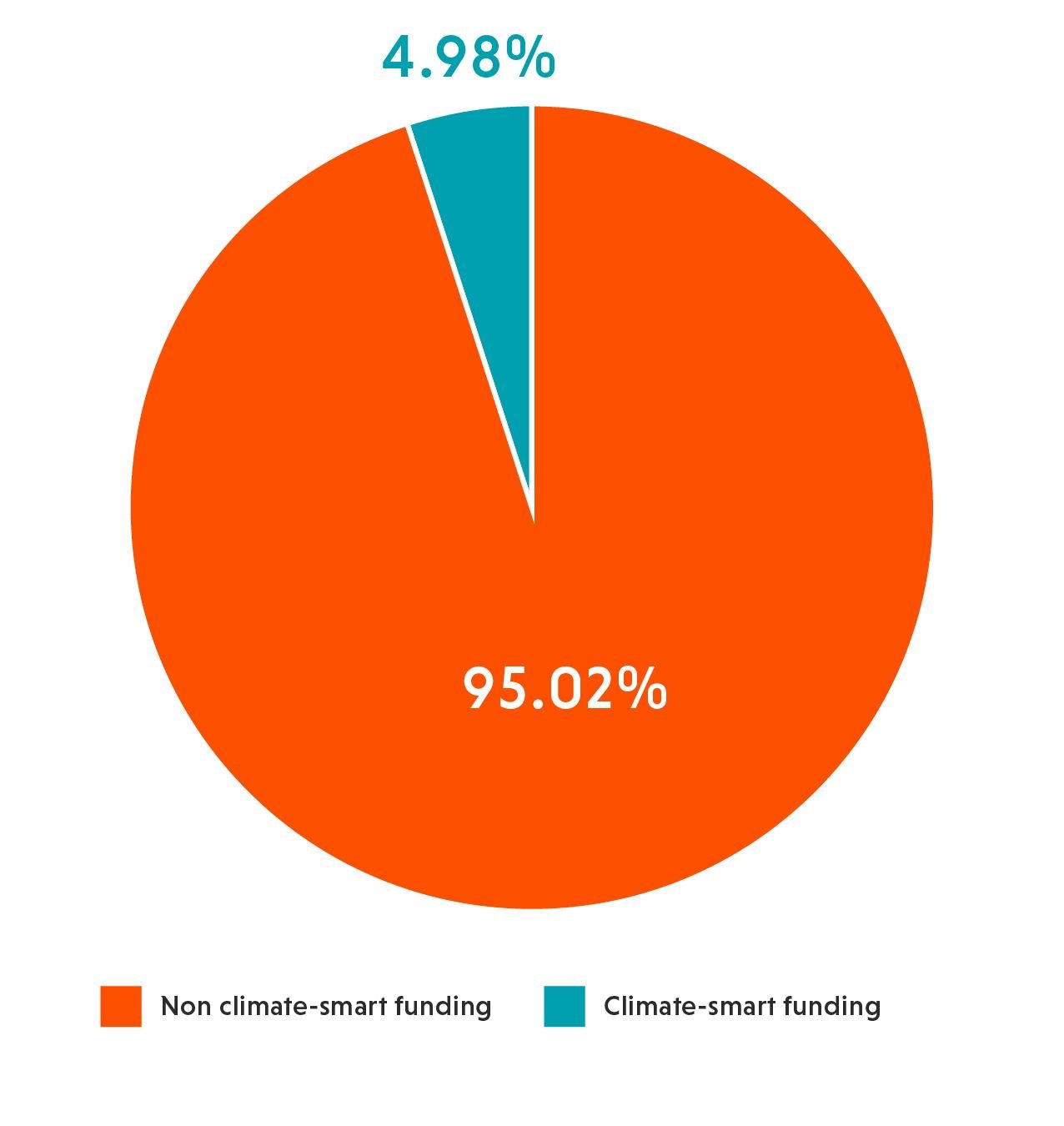
EWG has also found that most land in the USDA’s Conservation Reserve Program is returned to farming after 10 years, releasing carbon that has built up in the soil during the previous decade. Using trees to capture carbon dioxide from the air could create a “carbon sink” that would help offset emissions produced by farming.
Experts are undecided about carbon storage in soil and trees, the report warns. And the amount of carbon sequestered by farm and forest lands has fallen since 2005, as more land is converted to grow crops and build homes and businesses.



